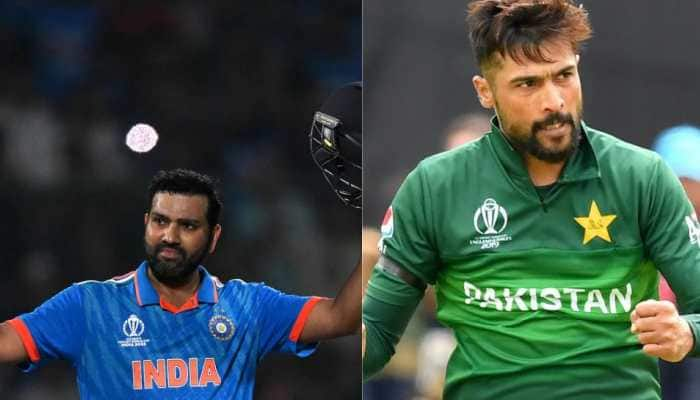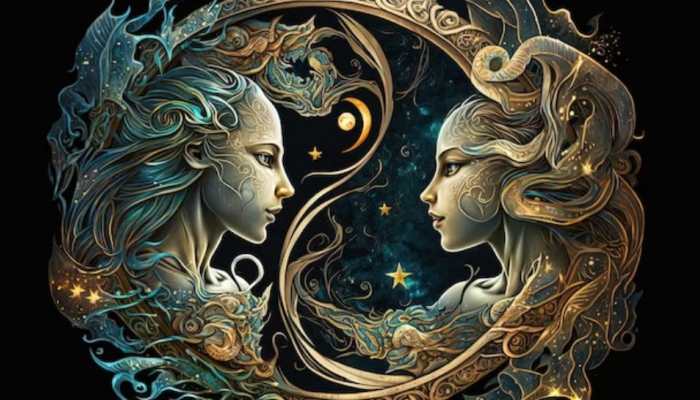Chandrayaan-3: Meet The Visionaries Who Worked Round-The-Clock To Make India's Moon Mission Successful
India's Chandrayaan-3 Makes Historic Landing On Moon: Meet The team of ISRO scientists who worked tirelessly to make India's Chandrayaan-3 Moon mission successful.
Trending Photos
)
NEW DELHI: In a momentous achievement, India has entered an exclusive league of nations successfully landing a spacecraft on the moon. Chandrayaan-3, the country's third lunar mission, has touched down near the moon's South Pole, embarking on a journey to explore uncharted territories in this enigmatic region. This remarkable feat places India alongside the former Soviet Union, the United States, and China, all of whom have accomplished soft landings on the moon, even bringing back samples of lunar soil and rocks to Earth.
Breaking boundaries and opening new chapters in lunar exploration, Chandrayaan-3's landing marks the first time any spacecraft has reached this specific part of the moon. Prime Minister Narendra Modi emphasized that this achievement would reshape our understanding of the moon.
Historically, not all lunar missions have succeeded on their initial attempts. The Soviet Union achieved its lunar impact on the sixth space flight, with Luna-2 crashing onto the moon on September 14, 1959, becoming the first human-made object to impact another celestial body.
Similarly, NASA's early lunar missions faced numerous failures before achieving success on July 31, 1964, with Ranger 7. This mission provided crucial images that aided in identifying safe landing sites for the later Apollo missions.
China's Chang'e Project initially focused on orbiter missions, producing detailed maps of the lunar surface to select future landing sites. The success of the Chang'e 3 and 4 missions, with soft landings and rover exploration, solidified China's presence on the moon.
India's lunar endeavors commenced with Chandrayaan 1, launched on October 22, 2008, which orbited the moon and conducted comprehensive mapping. Unfortunately, its mission life was curtailed in 2009. A decade later, Chandrayaan-2, featuring an orbiter, lander, and rover, was launched on July 22, 2019, but encountered an unsuccessful landing due to a software glitch.
Meet the Visionaries Behind the Triumph
S Somanath, ISRO Chairman: S Somanath assumed leadership of ISRO in January 2022, becoming a driving force in India's ambitious lunar pursuits. Formerly the director of Vikram Sarabhai Space Centre (VSSC) and Liquid Propulsion Systems Centre, his expertise encompasses rocket technology development. Under his guidance, missions like Chandrayaan-3, Aditya-L1 (Sun exploration), and Gaganyaan (India's maiden manned mission) have thrived. His mastery spans launch vehicle system engineering, architecture, propulsion, and integration.
P Veeramuthuvel, Chandrayaan-3 Project Director: Leading the Chandrayaan-3 project since 2019, P Veeramuthuvel, a Ph.D. holder from IIT Madras, emerged as a key player. He steers the mission with determination, hailing from Tamil Nadu's Villupuram district. Veeramuthuvel's past roles include Deputy Director at ISRO's Space Infrastructure Programme Office.
S Unnikrishnan Nair, Director of VSSC: As the Director of VSSC in Kerala, S Unnikrishnan Nair's leadership was pivotal in developing GSLV Mark-III. His meticulous oversight and guidance contribute significantly to Chandrayaan-3's success.
M Sankaran, Director of URSC: Taking charge in 2021, M Sankaran leads URSC, responsible for crafting diverse satellites fulfilling India's communication, navigation, remote sensing, and planetary exploration needs. URSC's contributions are vital to India's satellite endeavors.
This dedicated team's unwavering efforts have ushered India into the forefront of lunar exploration, showcasing the nation's technological prowess and unwavering commitment to scientific advancement.
Live Tv







)
)
)
)
)
)
)
)
)
)
